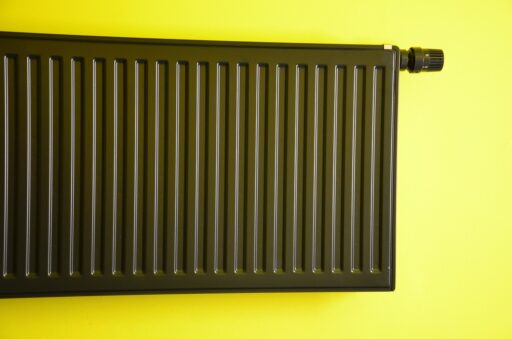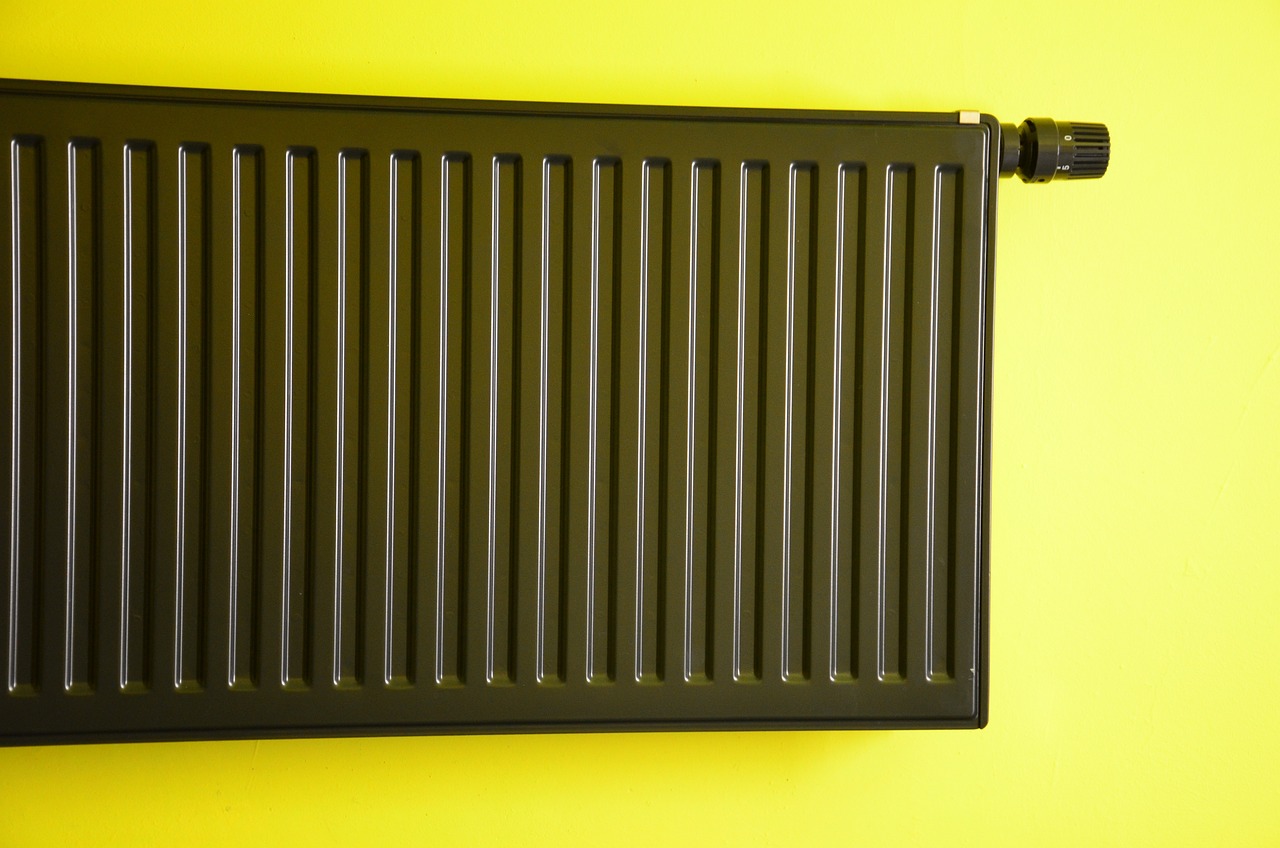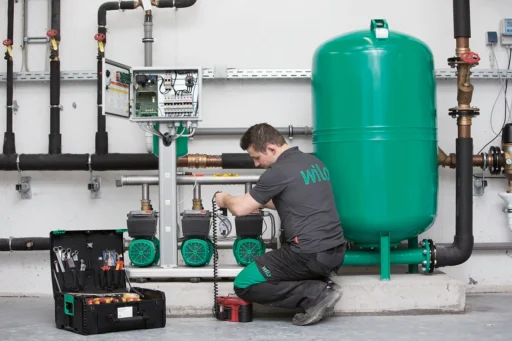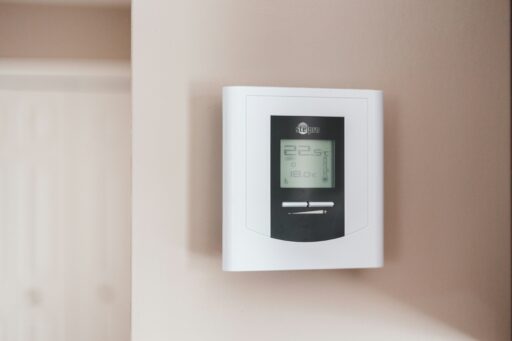With the arrival of the winter months impending, it is time to brace ourselves for colder temperatures and worsening weather. First priority, as always with adverse weather conditions, should be to prepare our homes to be able to deal with the challenges posed by winter. Money and energy are both precious commodities and every effort should be made to conserve them wherever possible. With this guide to making the most of your home’s heating in the winter, you will be more than well equipped to prepare your home for winter while expending as few resources as possible.
Central heating pumps
The installation of a central heating pump (or circulating pump) improves the efficiency of your home’s heating. By carefully recirculating hot water and moving it towards the necessary outlet as and when you need it, central heating pumps reduce the amount of energy and time your home expends heating water. Our circulating pumps’ efficiency is attested to by the European Energy Using Products Directive, which has certified our circulating pumps with an A rating in energy efficiency.
Insulating hot water heater and pipes
Outside of outfitting your home with newer, better developed and more efficient equipment, there are a number of more DIY-style efforts you can make to improve the efficiency of your home’s heating. When temperatures drop, the cold makes its presence known by affecting the pipes that transport hot water throughout your home. Without insulation, the cold takes a toll on your heating system, limiting its ability to maintain the temperature of hot water as it is transported through your home. To remedy this issue, you have to bolster the defences of these exposed pipes by installing insulation. Lagging can be fitted to these pipes to prevent this loss of heat and stave off the threat of pipes freezing over and bursting.
Programmable thermostat
Sometimes the simplest changes are the most effective. Turning down your thermostat by as little as a single degree can have a measurable impact on your heating bills and energy use. The longer the period of time you commit to this essentially imperceptible change, the greater the benefit to both your bank balance and the environment.
Reduce the temperature of your hot water
Typically, the temperature of hot water in our homes hovers around the 60°C mark. By lowering this to around 50°C, you can save a sizeable amount of both money and energy, resources that would otherwise be wasted sustaining an unnecessarily high temperature.
By incorporating even a few of these tips into your winter preparation routine, you can better ready your home to face the trials and tribulations that come with the winter weather. Some demand investment into new equipment, while others require little more than some straightforward DIY changes.






